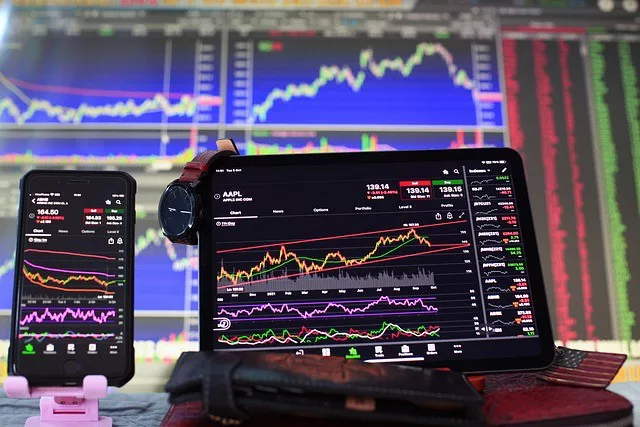In a surprising divergence between economic indicators and public sentiment, recent reports highlight a persistent gloominess among Americans about the state of the economy, despite positive figures in areas like inflation and unemployment. This paradox has sparked discussions and analysis on social media and in opinion columns, as experts seek to unravel the factors contributing to this widespread discontent.
According to the latest government data, inflation has hit its lowest point in two and a half years, while the unemployment rate has maintained a record-low level below 4% for the longest duration since the 1960s. Contrary to these positive trends, polls and surveys consistently reveal a negative perception of the economy among the majority of Americans.
Recent reports indicate that consumer prices showed no increase from September to October, a sign that inflation is gradually cooling from its peak last year. Additionally, Americans, while slowing their retail purchases in October compared to the previous month, are still contributing to economic growth through their spending.
However, a poll conducted by The Associated Press-NORC Center for Public Affairs Research found that approximately three-quarters of respondents described the economy as poor, with two-thirds stating that their expenses have risen, while only one-quarter reported an increase in their income. This economic disconnect presents a significant challenge for President Joe Biden as he faces disapproval in polls regarding his handling of the economy.
Economists are attributing this discrepancy to the lingering effects of the significant inflation experienced over the past year, despite recent indications of a slowdown. The cost of goods and services, especially everyday items like groceries, rents, and utilities, remains notably higher than pre-pandemic levels, contributing to the dissatisfaction among consumers.
Lisa Cook, a member of the Federal Reserve’s Board of Governors, emphasized that many Americans are not merely looking for a reduction in inflation but rather a return to pre-pandemic prices. This sentiment is particularly strong for essential items like bread and meat, which consumers encounter regularly and have experienced noticeable price hikes.
While economists argue that deflation, a widespread drop in prices, is undesirable as it leads to reduced spending, the overarching goal is for wages to rise faster than prices to ensure a net gain for consumers. However, data on inflation-adjusted incomes since the pandemic reveals a mere 0.2% annual rate increase in median weekly earnings, leaving many feeling financially stagnant.
Despite the reported slowdown in inflation, individuals like Katherine Charles, a single mother in Tampa, Florida, express ongoing financial challenges. Charles highlights the rise in rent and the need to cut back on groceries, emphasizing that the economic situation has not improved for her despite inflation easing.
Rising prices have spurred labor activism, with strikes and demands for higher wages becoming more prevalent. While some economic indicators show an overall positive picture, the pain of inflation is felt acutely by those who see their wages fail to keep pace with increasing prices.
The partisan divide further complicates the situation, with political affiliations influencing how people perceive the economy. The University of Michigan’s monthly survey of consumer sentiment indicates that Republicans are more likely than Democrats to view the economy negatively, emphasizing the impact of political polarization on economic perceptions.
In conclusion, the persistently negative public sentiment towards the economy, despite positive indicators, underscores the complexity of economic recovery. While inflation is slowing, the lasting effects on the cost of living contribute to a widespread sense of financial strain among Americans, posing a challenge for policymakers aiming to address the concerns of a discontented public.


